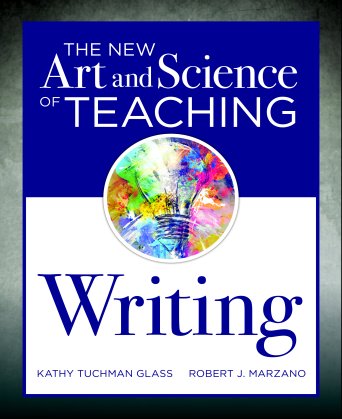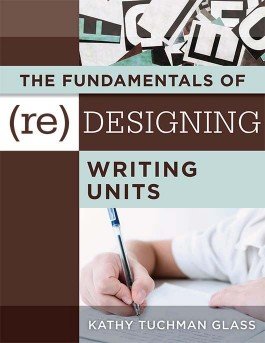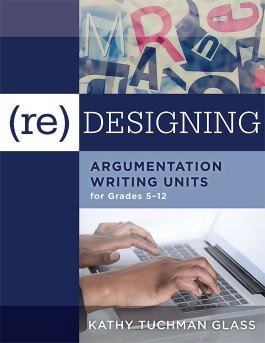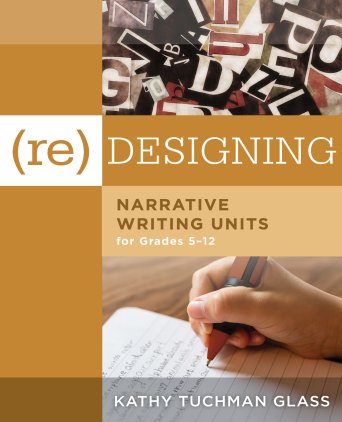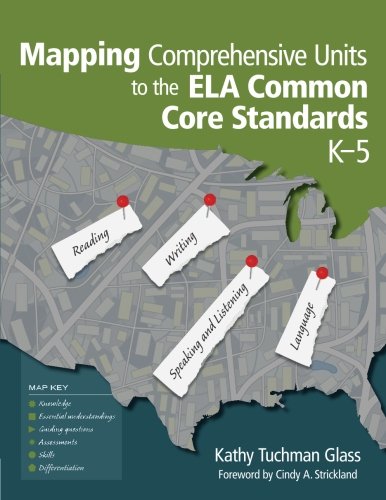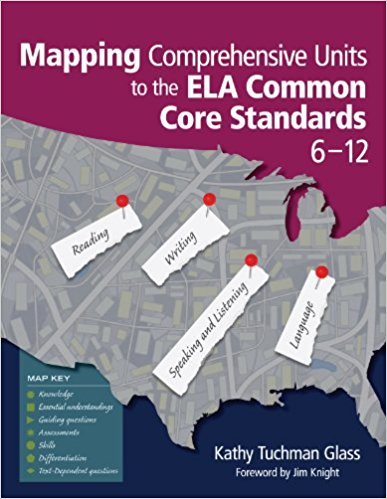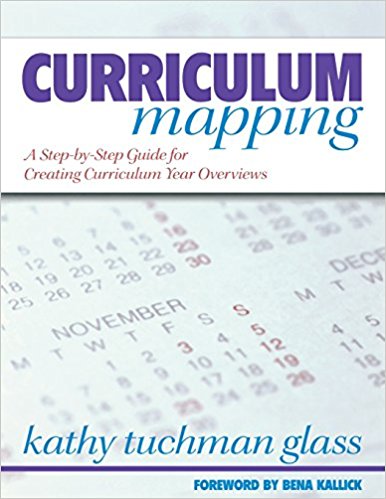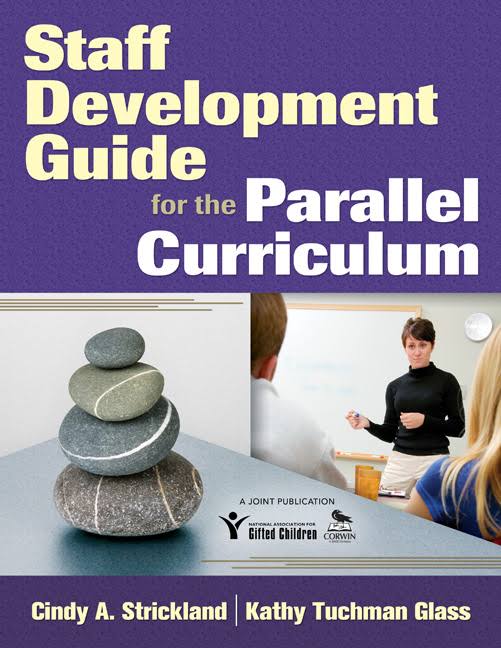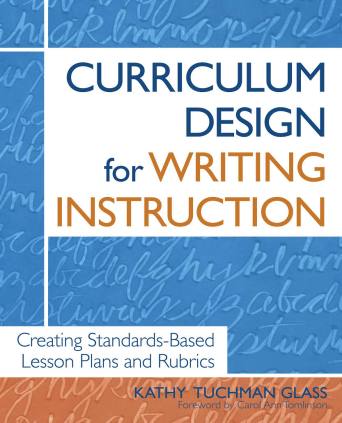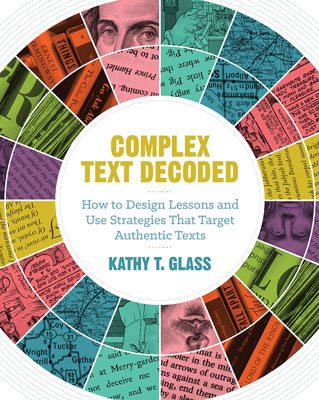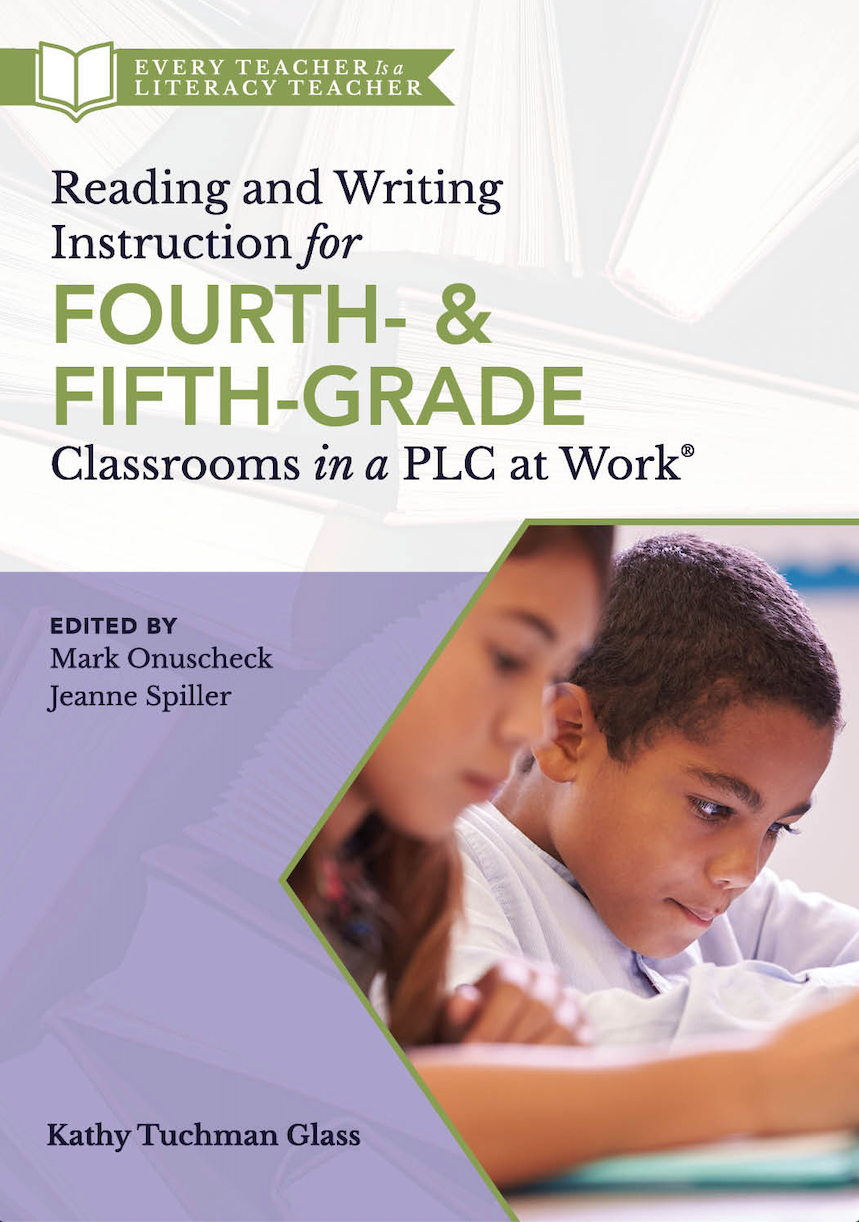Needs Assessment
To pinpoint educators’ specific needs in a quest to improve student achievement, first download and complete the Needs Assessment individually or work together with colleagues and compare responses. This exercise will serve as a guide for choosing professional development topics.
Professional Development Topics
After identifying your needs (see “Needs Assessment”), download and review the professional development (PD) document with a selection of topics. Combine any descriptions and sample objectives to tailor your PD experience. Each session is practical and hands-on to directly apply what is learned to improve classroom practice.
Curriculum Mapping
Create a curriculum map that reflects what is taught in each grade and content area throughout the year. It includes a chronological listing and timeframe of each unit of study that accounts for standards, resources, interdisciplinary connections, skills, guiding questions, and more. This project can prevent curriculum overlap that results in redundancy of what is taught and how it will be assessed as well as avoid gaps, which reflect inadvertent omissions. Educators share their maps within and across grade levels to ensure horizontal and vertical alignment.
Sample Participant Objectives:
- Define and identify the purposes for creating and using a map
- Develop a standards-based curriculum map to reflect units of study throughout the school year across grades, school, and district
- Identify and include essential understandings, guiding questions, skills, culminating assessments, and resources on map
- Plan for articulation within and across grades to avoid redundancies and fill gaps
- ELA: Study, adapt, and implement a grammar and conventions curriculum map to use for articulation purposes across a school or district
- Use yearlong curriculum map to develop units of study (see “Backward Planning for Unit Design”)
Backward Planning for Unit Design
Learn how to design, redesign, or critique meaningful standards-based units of instruction that raise the bar for students and build teachers’ capacity. To do so, understand the rationale and stages in a backward planning approach to curriculum design. Access the provided templates, tools, and examples to develop a unit map that teachers use to design quality-driven lessons.
Sample Participant Objectives:
- Explain the rationale for the backward planning (design) approach
- Define and explain each stage of backward planning
- Identify the components of learning outcomes—knowledge, essential (enduring) understandings, skills (a.k.a. KUDs), and guiding questions
- Establish how students will show evidence to demonstrate what they learn
- Determine how to use textbooks and existing curriculum as resources within an instructional program
- Use learning outcomes—KUDs and guiding questions—to design lessons (see “Lesson Design” and “Instructional Strategies and Assessments”)
Lesson Design
Learn the components of an instructional model for teaching a new skill, strategy or process—the gradual release of responsibility (GRR). This approach provides students with a continuum of support whereby teachers initially assume control and eventually give students ownership to apply the new learning independently. Teachers can implement this model when designing lessons during classes of varying lengths. This offering includes modeling of engaging instructional strategies and teaching methods, plus myriad assessments to embed within lessons to address learning outcomes.
Sample Participant Objectives:
- Identify the components of a research-based lesson model to teach a new skill, strategy, or process—Gradual Release of Responsibility (GRR)
- Recognize the flexibility of the model and ways to use it to target learning outcomes
- Design standards-based lessons around targeted learning outcomes
- See “Instructional Strategies and Assessments” and “Differentiated Instruction”
Instructional Strategies and Assessments
Learn about myriad instructional strategies for various grouping configurations that engage students in the learning process. Identify the purpose for employing specific strategies to effectively and intentionally address standards-based outcomes. Additionally, distinguish between the types and purposes of assessments (pre-, formative, self, culminating) and design those that address learning outcomes.
Sample Participant Objectives:
- Learn an inventory of research-driven, engaging instructional strategies that promote productive struggle and address learning outcomes around literacy
- Develop strategies for students to participate in productive, respectful discussions and collaboration that fosters acknowledgment and extension of peers’ input
- Identify the types and purposes for different assessments—pre-, formative, self, and summative—and critique provided examples
- Create lessons which employ effective instructional strategies and assessments aligned to learning outcomes
- Determine criteria for assessing student work; collect and use data to inform instructional moves (see “Differentiation” and “Scoring Student Writing Assessments/Student Data”)
Differentiated Instruction
Learn a straightforward, user-friendly definition of differentiated instruction (DI) with concrete examples for direct application across content areas. Explore many practical DI tools, strategies, and assessments applicable to all levels of learners. Also, learn ways teachers can introduce students and parents to the notion of differentiation.
Sample Participant Objectives:
- Define and identify types of differentiation
- Explain the necessity of planning differentiated curriculum around learning outcomes
- Design differentiated learning experiences to engage all students
- Generate all types of differentiated assessments; use formative assessments to steer instruction and plan accordingly to reteach, redirect, or enrich
- Implement scaffolding for struggling learners and enrichment for high achievers
- Develop anchor activities
- Identify ways to introduce differentiation to students
Foster Deep Understanding of Complex Text (Literacy)
What are components to consider when teaching complex text? How can educators design learning experiences with engaging strategies to aid students in managing, interpreting, and grasping challenging material? Learn an inventory of sound instructional methods, including questioning strategies, for teaching complex text across content areas. Create lessons around complex text to deepen students’ understanding.
Sample Participant Objectives:
Complex Text
- Understand key aspects for lesson design specifically geared to complex text (e.g., the role of pre-reading, when to teach vocabulary words, etc.)
- Identify examples of traditional and nontraditional complex text used across content areas (print and non-print)
- Ascertain the complexity levels of fiction and nonfiction texts
- Design effective lessons around complex text that employ engaging instructional strategies
- Craft reading assessments for students to demonstrate understanding of content; design criteria for scoring
- Implement a process for compiling a school-wide or district fiction and nonfiction text list
Questioning Strategies
- Define and create (or revise existing) text-dependent questions to ensure rigor
- Explore available resources for finding text-dependent questions and complex texts
- Learn strategies for students to generate and respond to their own questions to deepen understanding of what they read
- Create activities designed for student interaction and collaboration, such as Socratic seminars
Vocabulary Acquisition
Vocabulary acquisition is critical for students to become more adept readers and proficient writers. Learn how to support students to build an inventory of new words and terms across content areas so they can deepen their understanding of complex text, write more effectively and precisely, and participate in discussion more articulately.
Sample Participant Objectives:
- Determine which words are worth teaching and when they should be taught
- Learn and participate in effective and engaging activities to teach vocabulary
- Use engaging instructional strategies to conduct effective vocabulary activities
- Design vocabulary assessments
- Access and determine how to use vocabulary resources
- Define and identify the various types of context clues; design lessons for students to use context clues
Writing Instruction and Assessment Across Content Areas
Students write not only to exhibit understanding of the characteristics of a specific text type or genre, but also to extend and cement what they read and learn across content areas. Learn a process, strategies, tools, and resources to plan or redesign a comprehensive, engaging, and rigorous writing unit. This offering can be geared to a specific text type—narrative, informational/explanatory, persuasive—or for a specific genre within a text type or poetry. Kathy will guide participants in developing writing units (or lessons) or revising existing ones.
Sample Participant Objectives:
Writing Instruction
- Identify and compare/contrast the characteristic elements and structures of targeted genres
- Acquire an inventory of engaging and effective strategies to teach writing skills
- Design writing lessons to use throughout the writing process aligned to a specific genre and task (e.g., build a thesis statement, identify the structure and characteristics of a genre, revise written work for clarity, write an introduction, incorporate textual evidence, build suspense, use figurative language, etc.)
- Write or adapt existing 6+1 Traits lessons to align with curriculum (optional)
- Utilize a writing revision tool for students to self-assess and give feedback to classmates
- Examine ways to offer feedback and orchestrate experiences for students to give each other input
- Access resources to find a range of student and published writing samples
- Determine how to use writing samples effectively within instruction to boost student achievement
Writing Assessments and Criteria
- Devise writing tasks for students to demonstrate understanding of subject matter content or the characteristics and structure of a genre
- Explore how to teach writing as a process for formal and informal tasks across content areas
- Design myriad writing assessments (pre-, formative, self, culminating)
- Devise common formative writing assessments
- Create or revise an existing genre-based analytic writing rubric; determine how to use it as an instructional tool and for scoring student work
- Create or revise an existing genre-based student checklist; learn how to introduce it to students to reveal expectations for a writing task; use it as an instructional tool
Grammar and Conventions
- Design interactive, authentic grammar and conventions lessons tied to classroom texts that students apply to their own writing (e.g., sentence combining, sentence structures, parallel structure, parts of speech, etc.)
Designing and Using Writing Rubrics
Effective rubrics provide both students and teachers with descriptions of quality student work and an indication of progress towards achievement of standards. Learn how to design (or revise) genre-specific writing rubrics and incorporate them into instruction.
Sample Participant Objectives:
- Identify key characteristics of quality rubrics
- Differentiate between holistic and analytic rubrics
- Design and use standards-based rubrics that are effective, efficient and meaningful
- Obtain tips for using rubrics to assess and as an instructional tool to improve student achievement
- Learn about resources for obtaining student writing samples and ways to use them as resources within instruction
Scoring Student Writing Assessments / Data Collection
Participate in a presenter-led calibration session among colleagues to discuss and ensure consistency in interpreting each level of a common rubric. During these sessions, teachers determine anchor papers. This exercise prepares teachers to apply the rubric uniformly so they can score students’ papers with more confidence and reliability. Teachers collect and review data from students’ work to identify strengths and weaknesses. Using what they learn, Kathy guides participants in devising lessons to improve areas needing attention to increase achievement.
Sample Participant Objectives:
- Participate in scoring sessions around student writing to collect data
- Calibrate papers using a rubric to examine, discuss, and arrive at a consensus about students’ writing performance levels (see “Designing and Using Rubrics”)
- Identify anchor papers (i.e., examples of student work that exemplify different levels of performance for criteria against a rubric)
- Collect and use data from students’ writing to design differentiated learning experiences
Customized Professional Development Delivery Methods and Services
A combination of on-site and virtual services can equip educators with a robust professional learning experience. Download and review options through the lens of what can impact student achievement based on your site’s identified needs.
Continuing Education Classes
Kathy offers three continuing education classes that teachers can take online to improve their professional capacity. These self-guided courses can be taken anywhere and at any time to accommodate your schedule.
Mapping & Designing Comprehensive Standards-Based Units, Grades 6-12 (EDUO 9808)
Learn mapping and curriculum design skills necessary to develop relevant, comprehensive targeted units of instruction that incorporate ELA Common Core Standards and other related teaching standards. Use a unique backward planning process to easily reach course objectives. The course text, companion website, pertinent examples, templates, rubrics, student checklists and handouts available for download will help in developing your mapping and curriculum design. Applying the mapping and curriculum design techniques learned in this course to pilot a comprehensive 4-6 week unit of instruction is an encouraged expectation.
REGISTER NOW
Mapping & Designing Comprehensive Standards-Based Units, Grades K-5 (EDUO 9808)
Learn mapping and curriculum design skills necessary to develop relevant, comprehensive targeted units of instruction that incorporate ELA Common Core Standards and other related teaching standards. Use a unique backward planning process to easily reach course objectives. The course text, companion website, pertinent examples, templates, rubrics, student checklists and handouts available for download will help in developing your mapping and curriculum design. Applying the mapping and curriculum design techniques learned in this course to pilot a comprehensive 4-6 week unit of instruction is an encouraged expectation.
REGISTER NOW
Design Lessons That Target Complex Texts (EDUO 9785)
It is important to provide opportunities for students to read a wide variety of texts across content areas for different purposes and along a spectrum of difficulty and length. In this course, learn concrete ways to help students become highly skilled readers to meet the goal of comprehensively grasping complex text.
REGISTER NOW

